Ready to get your Black Friday Marketing plan in place to make more sales during the holiday season? Listen in on a Simple Pin Coaching Call as we formulate a strategy for her small business!
Have you ever wondered what happens on a coaching call or consult call here at Simple Pin?
Today I’m doing something a little bit different. We are taking you behind the scenes as I host a coaching call for one of our students. Susan of Susan’s Soaps and I had planned to talk about how she can take advantage of Black Friday sales.
Our conversation turns into how Susan can create an evergreen strategy that is supported by the sales cycle throughout the year. We also talk about how to utilize her story as part of her marketing strategy.
I’m hoping this chance to listen in on our coaching call will help all of you, whether you sell physical products or digital products, or you create content. It’s a great call full of valuable information you can take advantage of this peak selling season to help boost your sales or those of your affiliates.
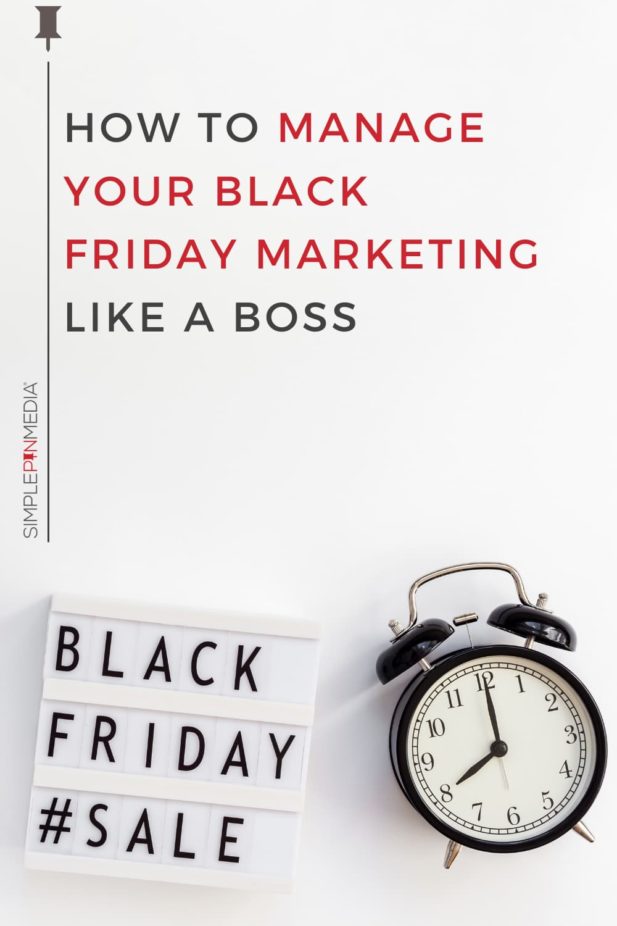
Black friday marketing & HOLIDAY SELLING ON PINTEREST
Susan has been making handmade, all-natural soaps and skincare products for over 20 years. Her motivation for starting her company evolved from her own skincare issues and the desire to find a solution to her problems.
Susan entered the online sales market about 15 years ago and actively started marketing on Pinterest three years ago. She is wondering how to increase her sales, specifically around holiday events like Black Friday, Cyber Monday, etc.
PINTEREST IMAGE TWEAKS TO CLARIFY MESSAGING
Susan says her top blog posts and pins get all kinds of traffic, but both have high bounce rates.
She believes part of her problem is that people who find her on Pinterest think she is going to teach them how to make soap. However, her goal is to sell them a bar of soap.
She wants to know what she can change to get the correct message to pinners so they will stay on her website longer and find her products.
Trying to reconcile that DIY vs Buying image can be difficult. Sometimes I think it is always going to be a struggle for sellers because Pinterest users are often in the DIY mode.
I think one of the best ways to tackle this problem is to use Call to Action buttons on your pins. For example, you might try something like Buy Now or Learn More About How You Can Get This Soap.
The idea is to have that qualifier already on your image (on the cover image for video pins) that communicates to your audience that this is a product to purchase rather than a DIY.
This is probably the best way to reduce your bounce rate. Here’s why:
If I’m the pinner is looking at something with the mindset of DIY, but then I’m led to a product, it can be a jarring experience and I’m going to bounce right off the site.
Had I known it was a product to purchase from the start, I probably wouldn’t have even clicked on the pin.
Another approach is to play up the benefits of your product. Susan might try something like: This Soap Will Help You With XYZ or maybe Buy Your Soap Now!
Using the images themselves to send the correct message can be helpful.
If I’m already in the DIY mindset and I see a lot of essential oils, dropper bottles, and rollerballs on a pin, I automatically assume I’m going to be learning how to make something, but if I see an image of something packaged and put together it helps me know that I’m looking at something that’s for sale.
Leading with images and messaging that communicates this is a product to purchase will help lower that bounce rate over time.
Susan was also wondering if:
- lifestyle images convert better than just showing a bar of soap
- product tagging might help.
Showing a product in a lifestyle setting definitely converts better than just a raw image of a product. And yes, product tagging is also a great idea.
We’ve learned that right now, using product tagging and shopping integration is taking precedence on Pinterest. If you have a lifestyle image with your product tagged on it, it’s almost easier to click on that tag than it is to click on the image and you can see right away that it is a product.
Is It Too Early to Start Pinning Christmas Lifestyle Images?
We know lifestyle images can lead to better conversion rates, but is it too early to start creating Christmas-themed lifestyle images?
It most definitely is NOT too early!
Christmas tends to trend early on Pinterest (sometimes as early as the beginning of July). We like to recommend pinning in advance because when it comes to Christmas, there are more planners than procrastinators.
Related: How to Use Pinterest Trends
Getting images relevant to any holiday onto your boards early means planners are going to save all these ideas to THEIR boards. When it’s time to purchase holiday gifts, they will revisit their boards for ideas.
It would be totally fine for you to put out Christmas images in July. You could even play it up for your marketing strategy as “Getting Ahead in Your Gift Buying” or “Getting Ahead of the Shipping Nightmare”. That’s a big one for this year!
A side thought on Black Friday marketing — make sure that people get on your email list to get the notification about Black Friday sales. Consider adding early CTA messaging to your top posts reminding Pinterest users to get on your email list so they don’t miss your Black Friday notice when it drops.
GIFT GUIDE STRATEGIES FOR HOLIDAY SALES
Susan says everybody talks up gift guides, but she feels lost and isn’t sure of the best way to structure a gift guide. She finds it difficult to wrap her head around the concept and I’m sure she’s not alone.
When designing a gift guide, you need to think of the person who will be buying your product and the person who will be receiving the gift. People get very specific when they are searching for gifts (e.g., here’s our Gift Guide for the Work-at-Home Mom).
In Susan’s niche, she can grab the attention of Pinterest users with gift guide titles like The Best Gifts for the Person Who Loves Spas or The Best Gifts for Somebody Who Loves to Be Pampered.
Think of tapping into a more specific niche. Rather than a gift guide for moms, focus on tapping into what that person loves. It could be a gift guide for natural skincare lovers. Your image can be more generic for most of the year and then you can play it up for the holidays.
For example, if your gift guide is Best Gifts for the Spa Lover, for Christmas you could add a Christmas tree in the background. For Mother’s Day or Graduation, you could add other appropriate images.
The key is to design your gift guide as the anchor, then use Pinterest images in a rotation to match the moment.
Susan summed this up 100% correctly.
So you’re saying I don’t need to create a separate landing page for my holiday gift guide. I can create a blog post for a more generic gift guide gearing it toward the needs of certain people, but it’s not holiday-specific. It’s a blog post that lives on my site 24/7. Then I create a pin with a Christmas tree in the background or whatever the holiday theme currently is and when the next holiday rolls around you change up your pin image, gearing it to the new season, but it still points back to that original blog post.
– Susan
Yes!
Now that we’ve addressed the concept of the gift guide, Susan wanted to know how often she should put them out.
One new gift guide post per week, beginning as early as six to eight weeks ahead, is a great way to beef up your holiday content. If you create three different pins (different writing, different image, tell a different story) for each one of these it’s like you’ve replicated this gift guide 24 times with it going to eight different posts.
This strategy is great because it’s evergreen.
Next year when we get to this holiday time, you will already have six to eight posts ready to go along with a couple more you probably thought of throughout the year. You’re able to drip them out throughout the year for different holidays and you’ve built this great content library.
Using Your Personal Story as a pinterest Marketing Strategy
Here’s another great idea. Have you ever just told the story of how or why you started creating your product in the first place?
Susan said a brief version of her story is on her About page, but she never really created it in a blog post.
Sharing your story is a great way to get pinners in the door to buy your products.
I was super intrigued right away when Susan told me her story about how she had been struggling with eczema and she wanted to find a solution to the problem. Right away I wanted to hear the story about her problem with eczema, what she tried, and what her result was. From there she could tell me about the soap I can buy.
You could create four pillar posts about your story. Getting that on Pinterest will warm people up and it also expands your content. You never know who’s going to be searching for a keyword that is new for you because of your story. You’ve just suddenly opened the door to a new audience.
Think of your customer and what they are struggling with. What are the questions your audience might have?
In Susan’s case, she could be creating short-form blog posts that answer questions her audience likely has about adult acne, solving an oily face problem, etc., and then lead them directly to your product from there.
You’re telling them:
Here was my problem. Here is the solution I created. Go buy it!
Using your personal testimony might increase your sales.
Susan says that she has discovered that when she shows herself in the image on Facebook and Instagram. That tactic tends to get more engagement than anything else.
So gift guides and telling your story are two amazing content strategies for the last half of this year. They could work together to open up more sales for Susan during the holiday season.
Related: Do Product Sellers Need a Blog for Pinterest?
A Landing Page for Sale Items?
Every week, Susan puts three soaps on sale (changing the soaps up weekly). This strategy generates increased sales for her because people order one or two of the soaps that are on sale and often purchase another one of her products while visiting her site.
She wants to avoid having a “Sale” link on the main menu of her website because people could click on that link and ignore everything else on her site.
Susan was wondering if she should somehow feature the sale on Pinterest and create a landing page that just has those sale products on it, avoiding the need for a link on her website.
I would not recommend a landing page because, just like we previously discussed, people are very specific in their product searches. In a rotation, they are likely to expect to be taken to the product in the image, but when they click on the offer they won’t be taken right to that specific product. In the decision stage, pinners just want to go straight to your product.
I don’t think running a sale is necessarily a big seller when it comes to Pinterest because most people on Pinterest are not quite ready to buy. They’re still at that place of wanting to find a solution to the need they have.
I would rather see a link to some of these story posts or solution posts that we were talking about on the homepage. Then I’d love to see if you can generate more pinners coming to the site to read more about your products and then buy them.
The hard part about a landing page for a sale is that people are looking for an easy and quick win like getting a digital download for a menu plan.
Choosing the Right Email Opt-In Freebie for Your Ecommerce Site
Susan said someone had suggested that she consider creating name tags that she could offer as a free download for an email opt-in freebie. She decided against the idea based on some truly smart thinking.
She knew that she would not personally enticed by that offer. You have to consider what would entice you and lean in that direction when trying to draw your audience through an opt-in.
When I’m looking to purchase something, a 10% off coupon code gets me every time. I’m going to sign up for that. I may not quite know what I will purchase but I don’t want to pass up that savings opportunity.
Susan also suggested free shipping as an opt-in. That would definitely be another big motivator for me and I think many other pinners.
Your biggest hurdle selling products is getting that buy-in. You have to show your audience that your product does provide the solution to their problem.
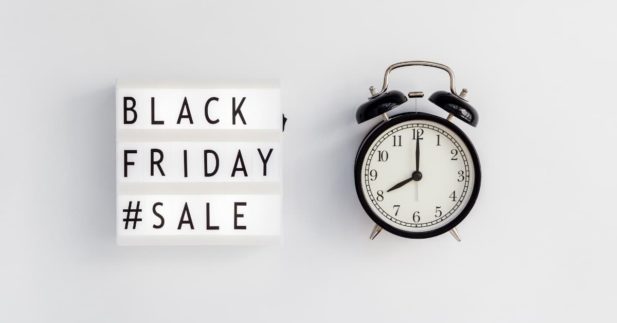
Holiday Marketing Strategies on Pinterest: Main Takeaways
One of the things that is hard for product sellers is to consider a content-first marketing model. We have to remember that people need to know the story behind our product.
Susan has a great product and when I heard her story I became intrigued. You have to figure out how to translate your story into posts so that people who are stopping by will read more. This will lower your bounce rate, allow the reader to get to know more about you, and persuade them to buy your product.
My biggest takeaway for Susan is that content strategy for holiday sales (on Black Friday, Cyber Monday, and in general) is more important than the details of when and how often to pin. I appreciate Susan allowing me the opportunity to give her some feedback and coaching here where everyone can benefit from her questions.
If you would like to learn more about Susan’s products, you can check out Susan’s Soaps here.
For Further Listening/Reading:
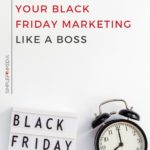

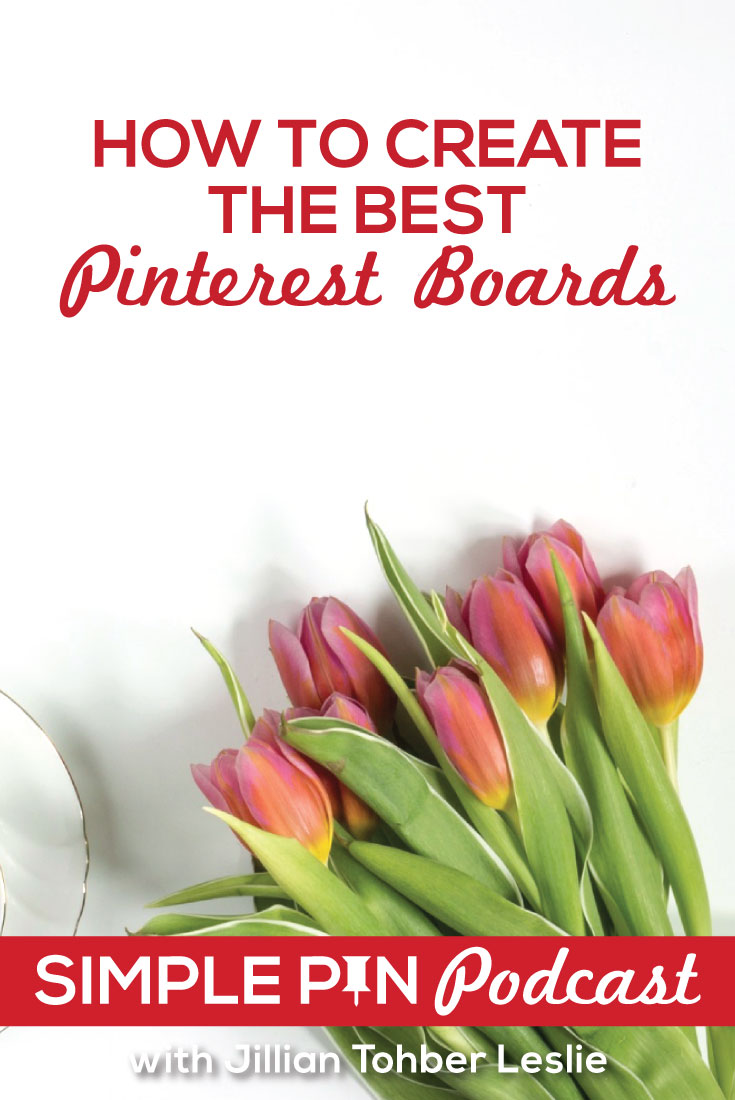




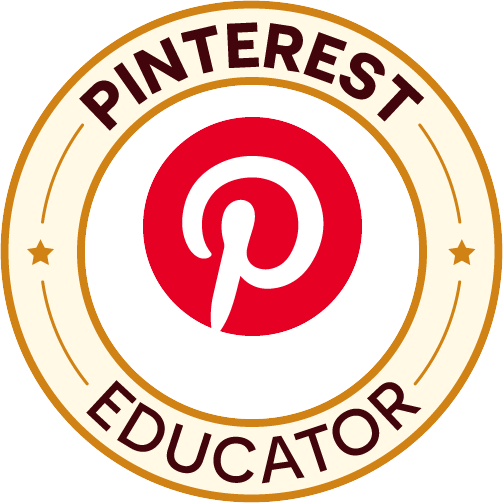

Just had to say…. this is an awesome episode of your podcast. I’m only halfway through (I have kids so I listen in the little pockets of time available to me) and I have a page of notes already. Great suggestions to utilize Pinterest not just for Black Friday but all year round. Thanks for recording this one!
Glad you are enjoying the episode!